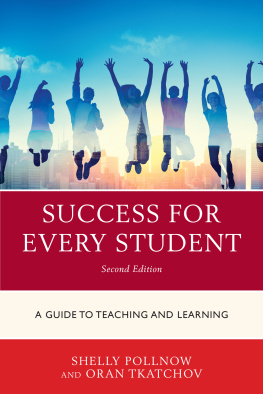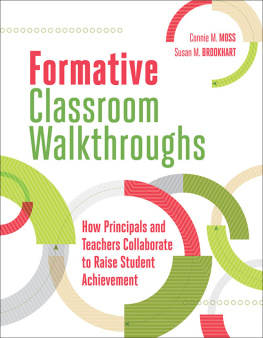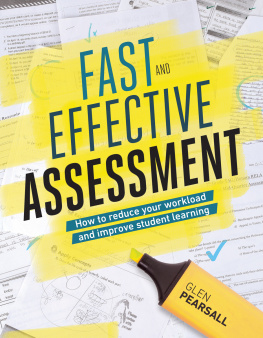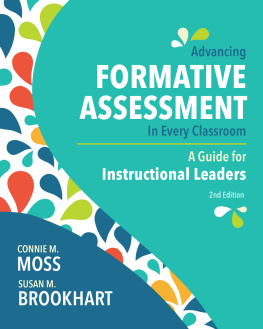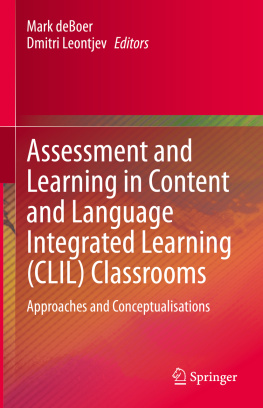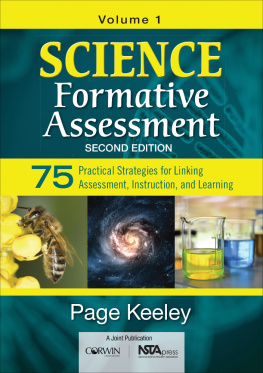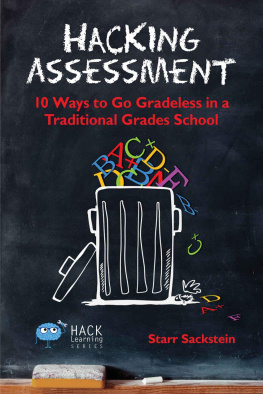MATHEMATICS
Formative
Assessment
We dedicate this book to the Maine Mathematics and Science
Alliance (MMSA). It was the MMSA that brought the
authors together almost ten years ago, nurtured our
common passion for formative assessment, and
left us both with the collaborative spirit and
collegiality to continue this work
together as our paths diverged.
MATHEMATICS
Formative
Assessment
| Practical Strategies for Linking Assessment, Instruction, and Learning |
Page Keeley
Cheryl Rose Tobey


FOR INFORMATION:
Corwin
A SAGE Company
2455 Teller Road
Thousand Oaks, California 91320
(800) 233-9936
Fax: (800) 417-2466
www.corwin.com
SAGE Ltd.
1 Olivers Yard
55 City Road
London EC1Y 1SP
United Kingdom
SAGE India Pvt. Ltd.
B 1/I 1 Mohan Cooperative
Industrial Area
Mathura Road, New Delhi 110 044
India
SAGE Asia-Pacific Pte. Ltd.
33 Pekin Street #02-01
Far East Square
Singapore 048763
Acquisitions Editor: Cathy Hernandez
Editorial Assistant: Sarah Bartlett
Production Editor: Jane Haenel
Permissions Editor: Adele Hutchinson
Copy Editor: Alan Cook
Typesetter: C&M Digitals (P) Ltd.
Proofreader: Caryne Brown
Indexer: Michael Ferreira
Cover Designer: Karine Hovsepian
Copyright 2011 by Corwin
All rights reserved. When forms and sample documents are included, their use is authorized only by educators, local school sites, and/or noncommercial or nonprofit entities that have purchased the book. Except for that usage, no part of this book may be reproduced or utilized in any form or by any means, electronic or mechanical, including photocopying, recording, or by any information storage and retrieval system, without permission in writing from the publisher.
Printed in the United States of America
Library of Congress Cataloging-in-Publication Data
Keeley, Page.
Mathematics formative assessment: 75 practical
strategies for linking assessment, instruction, and
learning/Page Keeley and Cheryl Rose Tobey.
p. cm.
Includes bibliographical references and index.
ISBN 978-1-4129-6812-6 (pbk.)
1. MathematicsStudy and teaching. 2. Educational evaluation. I. Tobey, Cheryl Rose. II. Title.
QA11.2.K44 2011
372.7dc23 2011019158
This book is printed on acid-free paper.
11 12 13 14 15 10 9 8 7 6 5 4 3 2 1
Contents
Preface
The most important single factor influencing learning is what the learner already knows. Ascertain this and teach him accordingly.
Ausubel, Novak, & Hanesian, 1978
ABOUT THIS BOOK
In 2008 the book Science Formative Assessment: 75 Practical Strategies for Linking Assessment, Instruction, and Learning was copublished by Corwin and the National Science Teachers Association (NSTA). The book quickly became a best seller, widely used by teachers, university preservice instructors, and professional learning communities. Science teachers shared the book with other teachers in their schools, including mathematics teachers. While mathematics teachers modified the strategies to fit their subject, many of them expressed the desire to have a parallel book for mathematics educators, using similar strategies from the science version but including examples for mathematics as well as some strategies specific to mathematics. Well, we heard you! This book is designed for mathematics educators, and as with the science formative assessment book that preceded it, many of the strategies in this book can be shared across all content areas.
Like the science version, this book addresses the need to balance opportunity to learn, which includes assessment for learning (Black, Harrison, Lee, Marshall, & Wiliam, 2003), with assessment of learning. Optimal opportunities to learn exist when mathematics teachers are aware of the variety of different ideas and strategies students are likely to bring to their learning; see the connections between students thinking, problem-solving skills, and the specific ideas included in standards; and provide learning experiences that build a bridge between their students thinking and mathematical understanding. What is effective for one purposeexternal accountability may not effectively serve the purpose of informing instructional planning and decision making in the classroom, which is ultimately what affects student learning. A rich repertoire of formative assessment techniques provides the ongoing feedback and stimulus for deep thinking that a high-stakes test once or twice a year cannot provide in time to inform instruction and affect learning.
Teachers are the most important link in the chain that connects assessment, instruction, and learning. The need for a varied repertoire of purposeful techniques that weave mathematics assessment throughout instruction and learning is what led to this book. We hope you can turn the insights and ideas gleaned from this book into practical actions that will transform teaching and learning in your classroom.
Purpose and Need
There is a substantial body of research that indicates formative assessment can significantly improve student learning. Yet this same research shows that the features of formative assessment that affect student achievement are, sadly, missing from many classrooms (Black, Harrison, Lee, Marshall, & Wiliam, 2003). The purpose of this book is to provide teachers with guidance, suggestions, and techniques for using formative assessment to improve teaching and learning in the mathematics classroom. A wide variety of assessment books and resources available to mathematics educators provide the theoretical rationale for formative assessment and its implications for teaching and learning. This book expands on the current literature by identifying and describing content-specific practical techniques teachers can use to build a rich repertoire of formative assessment strategies for the mathematics classroom.
The acronym FACT is used to label the 75 techniques included in this book. FACT stands for Formative Assessment Classroom Technique. Through the varied use of FACTs, explicitly intended to gather information about or promote students thinking and learning, teachers can focus on what works best for learning and design or modify lessons to fit the needs of the students.
Audience
The primary audience for this book is K-12 mathematics teachers. However, many of the strategies described can be used in other disciplines such as science, social studies, language arts, fine arts, health, and foreign language; these other uses, as well as those for other content areas not listed here, are noted in each of the FACT descriptions. University faculty may also find the FACTs useful in teaching college students or preparing preservice teachers to use formative assessment. Professional developers can use several of the FACTs to design and monitor learning experiences for adult learners, including teachers. Many Professional Learning Communities (PLCs) are using this book to study formative assessment and to build their capacity to use effective formative strategies to improve student learning.
Organization
The organization of this book follows the same organization as the science version (Keeley, 2008). Where appropriate, we kept the same information so that the two books would parallel each other and could be used together in science and mathematics PLCs or by teams of science and mathematics teachers. provides an introduction to formative assessment in the mathematics classroom. It describes the inextricable link between assessment, instruction, and learning. It describes what a FACT is and the cognitive research that supports the use of FACTs. It describes the learning environments that support assessment, instruction, and learning. It examines the relationship between teaching and learning and describes new roles and implications for a formative assessmentcentered classroom.
Next page



